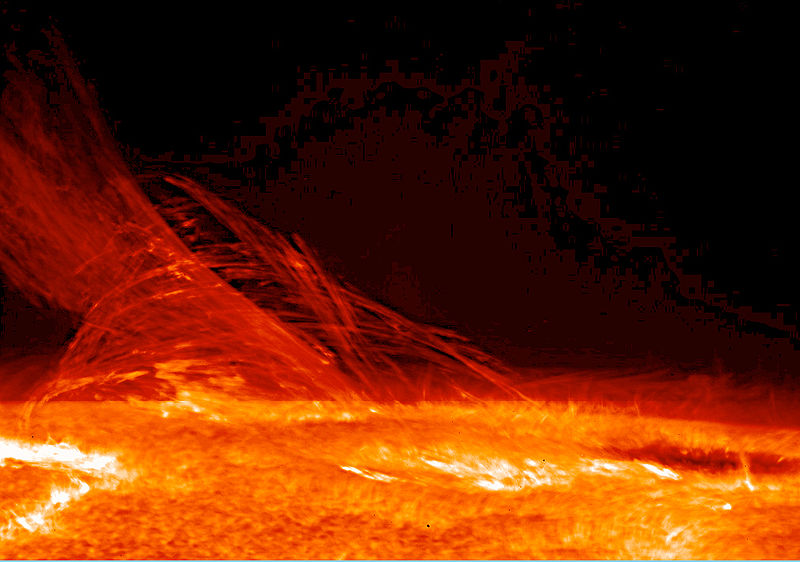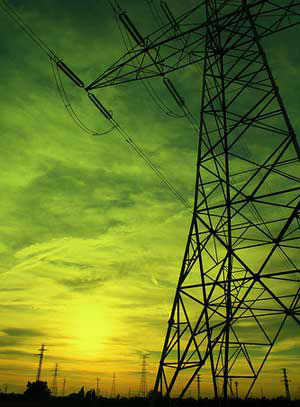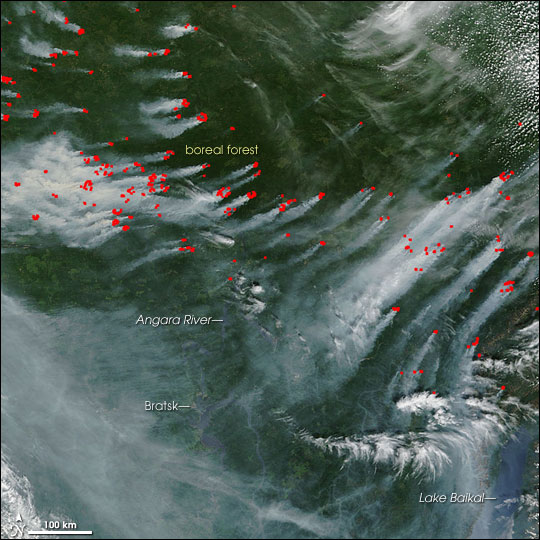
Image courtesy Hinode JAXA/NASA
We waste 60 percent of all the energy we produce burning fuels and in power plants—most lost as excess heat. If we could harvest that waste heat we could use a lot less electricity.
Now a paper in the current Journal of Applied Physics suggests a new way to recycle waste heat. The process might, for instance, double the run time of cellphones and laptop computers and increase output in power plants.
Here’s the current conundrum. Existing solid-state technologies that convert heat into electricity are inefficient. Existing systems that efficiently convert heat into electricity produce very little power. Your choice: high efficiency or high throughput, but not both.
On top of all that, theory predicts that energy conversion can never exceed a specific value, the Carnot Limit. Even so, modern commercial thermoelectric devices only achieve about one-tenth of the Carnot Limit.
So how to do it better?
The MIT experiments involve a different technology—thermal diodes—which suggest future efficiencies as high as 40 percent of the Carnot Limit and ultimately perhaps 90 percent.
Here’s what the researchers did:
- They started from scratch rather than trying to fix existing devices.
- They carried out their analyses using a supersimple system that generated power with a single quantum-dot device—a kind of semiconductor confining electrical charges very tightly in all three dimensions.
Add to their efforts the results of another MIT paper showing an intermediate step towards achieving heat transfer at a rate orders of magnitude higher than predicted by theory.
The end result: heat converted into harnessable electricity at a rate promising enough that a new company, MTPV Corp (Micron-gap Thermal Photo-Voltaics), is already working on the development of a new technology based on the work described in this paper.
Co-author Peter Hagelstein tells MIT that when work began on the project in 2002 such heat-recycling devices “clearly could not be built. We started this as purely a theoretical exercise.” Developments since then have brought theory much closer to reality.
I suppose someone’s going to get filthy rich and powerful making a cleaner-powered world… Conundrum: Part 2?












